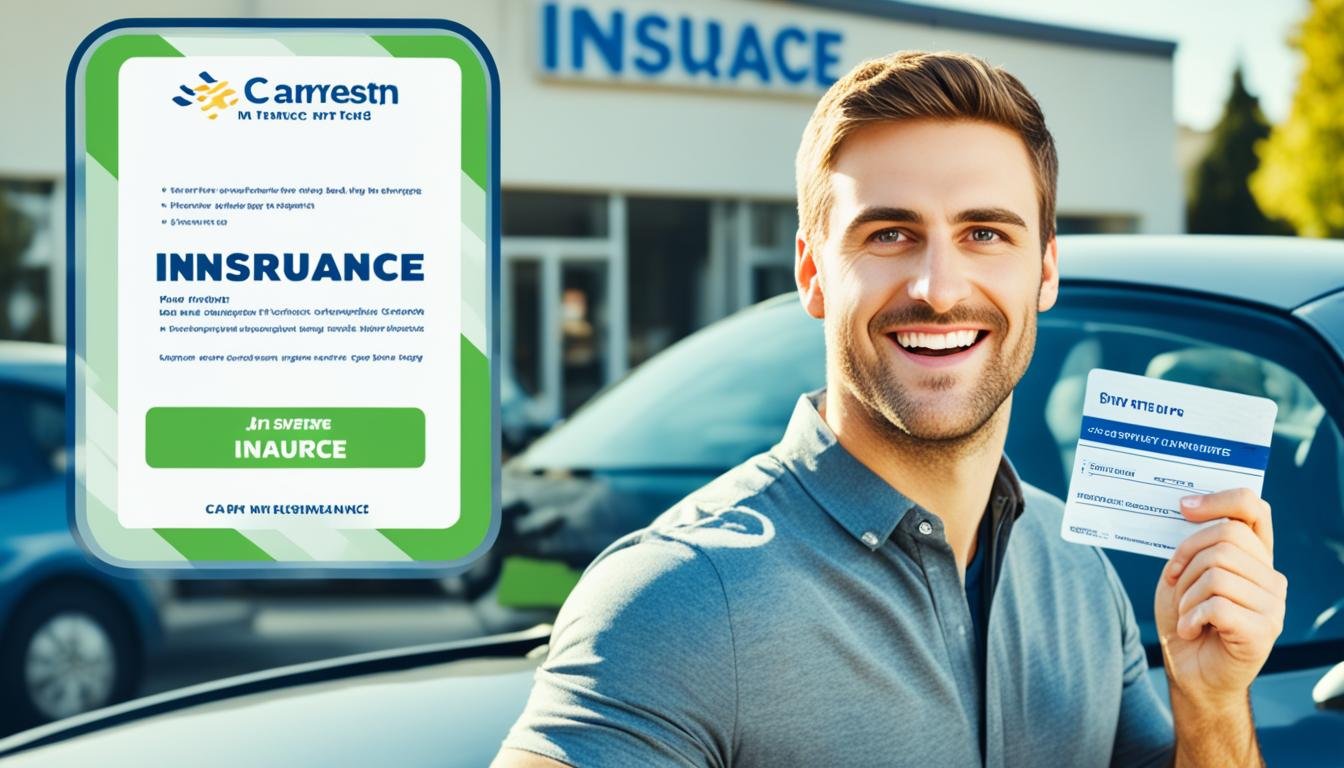So, you’ve just scored your first car! Congratulations! 🎉 Before you hit the open road, there’s one crucial step that can’t be ignored: car insurance. Don’t worry, it’s not as terrifying as trying to parallel park for the first time. Here’s a simple guide to help you navigate the world of car insurance without breaking a sweat—or your bank account.
Understand the Basics
Think of car insurance like a superhero for your vehicle. It’s there to save you from the evil forces of accidents, theft, and other misfortunes. Basically, it’s a financial safety net that helps cover costs when things go awry. And just like superheroes, different policies offer different kinds of powers.
The insurance market is a bit like a buffet: there’s a lot to choose from. Don’t just pick the first policy you see and call it a day. Check out different providers, compare their rates, and look at what each policy covers. It might seem like a lot of work, but finding the right fit is worth it. After all, you wouldn’t settle for the first slice of pizza at a buffet, would you?
Know What You Need
Car insurance isn’t one-size-fits-all. There are different types of coverage, and each one has its own job:
Liability Insurance: This is the most basic type and covers damages to other people and their property if you’re at fault in an accident.
Collision Coverage: This helps pay for repairs to your car after an accident, no matter who’s at fault.
Comprehensive Coverage: This one covers non-collision events, like theft, vandalism, or even that unexpected meteorite impact (hey, it could happen!).
Uninsured/Underinsured Motorist Coverage: If someone without enough insurance hits you, this coverage can save the day.
Take Advantage of Discounts
Insurance companies love giving out discounts, and you should love getting them. Look for opportunities to save money. Many insurers offer discounts for things like having a good driving record, bundling multiple policies, or even just being a student with good grades. If you have a clean record and a good GPA, you might just find yourself with a little extra cash in your pocket.
Increase Your Deductible
A deductible is the amount you pay out of pocket before your insurance kicks in. If you’re willing to pay a bit more upfront, you can usually lower your monthly premium. Just be sure to choose a deductible amount that won’t make you cry if you have to use it.
Insurance companies might offer all sorts of add-ons to sweeten the deal, but not all of them are worth it. For instance, roadside assistance might sound great, but if you’re already a member of a roadside assistance club (or have a friend who’s a mechanic), you might not need it.
Review Your Policy Regularly
Just like your wardrobe, your insurance needs might change over time. Review your policy at least once a year or after major life changes (like moving to a new city or getting a new car). This will help ensure you’re still getting the best coverage for your needs.
Here’s a tip that doesn’t involve paperwork: be a safe driver! Avoid speeding, texting, or any other distractions. The better your driving record, the lower your insurance premiums can be. Plus, it’s always nice to avoid those “Oops, I didn’t see that” moments.
Insurance policies are notorious for their fine print, but it’s important to read it. This is where all the details hide—like what’s covered and what’s not. Ignoring the fine print is like skipping the last chapter of a mystery novel and hoping you understand the ending.
Finally, don’t be afraid to ask questions. Insurance jargon can be confusing, so if there’s something you don’t understand, just ask. Insurance agents are there to help you, and a little clarity now can save you from big headaches later.
Remember, insurance might seem like a boring topic, but it’s an essential part of car ownership. Follow these tips, and you’ll be cruising with confidence in no time. Safe driving, and may your insurance claims be few and far between! 🚗💨
